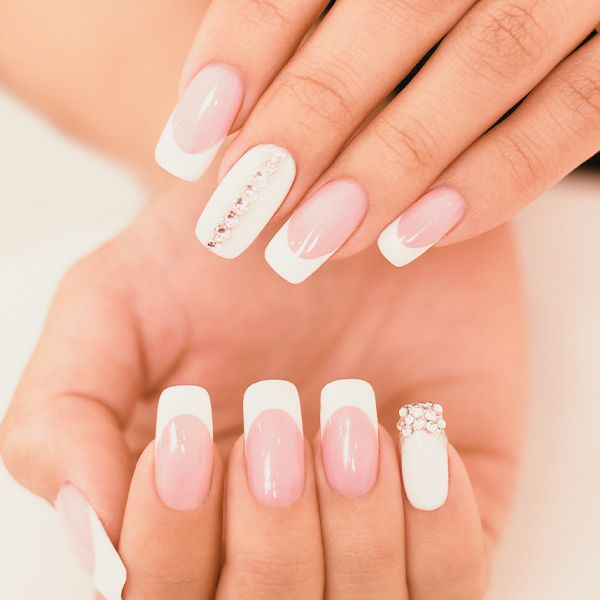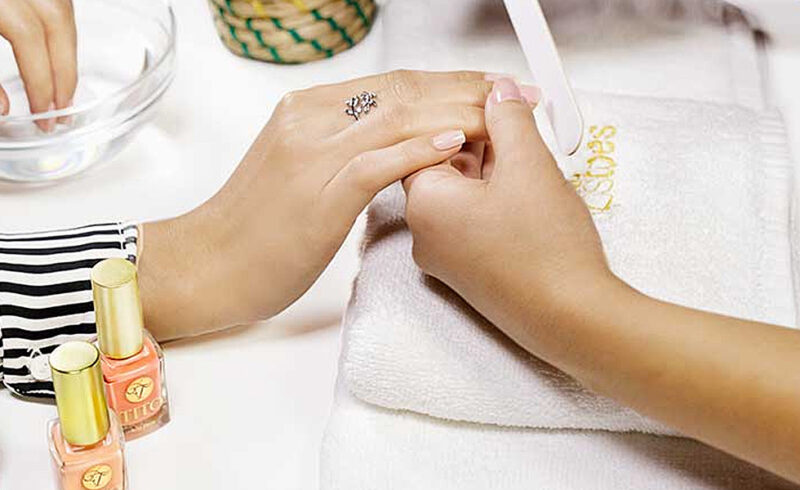Removing makeup is an essential step in any skincare routine, crucial for maintaining clear, healthy skin and preventing clogged pores. Using the right makeup remover is key to achieving a fresh, clean face without irritating your skin, especially after a long day. With so many options, from oil-based solutions to natural alternatives, understanding the best type for your skin type and makeup preferences is essential.
In this guide, we’ll dive deep into the types of makeup removers available, share natural DIY options, and outline exactly how to use them for the best results. Whether you’re looking for gentle solutions or something to tackle waterproof makeup, we’ll provide you with expert tips, techniques, and answers to commonly asked questions about makeup removers.
Why Makeup Remover Matters for Healthy Skin
Makeup removal is more than just an end-of-day ritual—it’s a necessary step in promoting and maintaining your skin’s health. When makeup is left on overnight, it can trap dirt, oils, and environmental pollutants, creating a perfect breeding ground for breakouts, dullness, and irritation. Even on days you don’t wear makeup, a makeup remover can be helpful to thoroughly cleanse your skin from accumulated impurities.
- Prevents Breakouts: Residual makeup, especially around pores, can cause blemishes if not properly removed. Using a makeup remover effectively dissolves makeup and prevents buildup that leads to breakouts.
- Minimizes Premature Aging: Makeup residue, especially if left on delicate areas like the eyes, can lead to fine lines and signs of aging over time. Regularly removing makeup allows anti-aging products to penetrate more effectively, keeping skin youthful.
- Protects the Skin Barrier: Cleansing properly with a makeup remover supports a healthy skin barrier, preventing the skin from becoming dry or irritated.
A thorough cleansing routine that includes a high-quality makeup remover ensures that your skin remains healthy, clear, and ready to absorb the benefits of your skincare products.
Types of Makeup Removers and How to Choose the Right One
With so many makeup remover options available, finding one that suits your skin type, lifestyle, and makeup habits can seem overwhelming. Below are some common types of makeup removers, along with their benefits and best uses:
- Oil-Based Makeup Removers: Oil-based removers are excellent for tackling heavy or waterproof makeup. These work by dissolving makeup products using the principle that “like dissolves like.” As a result, oil-based makeup removers can break down stubborn products without stripping away moisture. They’re ideal for dry or normal skin types, as they help keep the skin hydrated while removing makeup effectively. Some common oils used in these removers include coconut oil, olive oil, and argan oil.
- Micellar Water: Micellar water is a gentle, water-based cleanser that attracts and lifts away makeup, dirt, and oil without the need for rinsing. It’s especially beneficial for those with sensitive skin or anyone who wears light, everyday makeup. Micellar water doesn’t leave a greasy residue and is usually free of fragrances and harsh ingredients, making it a safe choice for many skin types.
- Cleansing Balms and Makeup Wipes: Cleansing balms are thick, creamy cleansers that emulsify when they come into contact with water, making them ideal for a deep yet moisturizing clean. Unlike balms, makeup wipes are convenient, pre-moistened cloths. While they’re handy for on-the-go makeup removal, frequent use of makeup wipes can sometimes irritate the skin and contribute to waste. Opt for wipes only when necessary and consider biodegradable options to reduce environmental impact.
Natural Alternatives for Makeup Removal
For those seeking sustainable, cost-effective options, natural makeup removers are an excellent choice. Here are some of the most popular natural methods:
- Coconut Oil: Known for its antibacterial and moisturizing properties, coconut oil works well to break down makeup and hydrate the skin. Warm a small amount between your hands until it becomes liquid, then gently massage it onto your face. Coconut oil is suitable for most skin types but works particularly well for dry or combination skin.
- Witch Hazel and Essential Oils: Witch hazel is a natural toner and mild astringent, making it an ideal ingredient for homemade makeup remover. Combine witch hazel with a few drops of oil, such as jojoba or almond oil, for an effective DIY remover. This mixture can be tailored to suit various skin types by adjusting the oil quantity and is especially useful for those with combination skin.
- Aloe Vera and Vitamin E: For those with sensitive skin, aloe vera is an ideal makeup remover due to its gentle, soothing properties. You can mix it with a few drops of vitamin E for added nourishment. This option is especially safe for use around the eye area and helps to calm irritated or inflamed skin.
Step-by-Step Guide: How to Use Your Makeup Remover Correctly
For effective makeup removal, it’s crucial to use the right techniques. Below are the key steps to achieve a thorough cleanse:
- Preparation: Start by washing your hands and gather a clean, soft cloth or cotton pad. This minimizes bacteria transfer and ensures a more hygienic application.
- Application Techniques:
- Oil-Based Removers: Pour a small amount into your hands and massage directly onto dry skin. Focus on areas with heavy makeup, such as eyes and lips.
- Micellar Water: Soak a cotton pad and gently sweep across your skin, starting with your eyes and moving outward.
- Cleansing Balms: Scoop a small amount of balm and massage it onto your dry face. Use a bit of water to emulsify, then rinse thoroughly.
- Double Cleansing:
After the makeup remover has broken down your makeup, follow up with a gentle face wash. This “double cleansing” approach removes any leftover residue and leaves your skin ready for additional skincare products. - Post-Removal Care:
Pat your skin dry with a clean towel and continue with your regular skincare routine, including toners, serums, and moisturizers. Proper aftercare helps seal in hydration and supports healthy skin.
Tips for Storing and Caring for Makeup Removers
To keep your makeup remover effective and safe to use, it’s essential to store it properly. Here are some tips:
- Store oil-based removers in a cool, dry place, away from direct sunlight to avoid degrading the oils.
- Keep micellar water and other water-based removers at room temperature.
- For homemade, natural removers, use them within six months and keep them in airtight containers.
Proper storage ensures that your remover stays potent and bacteria-free, offering consistent results with each use.
Conclusion
Choosing the right makeup remover can be transformative for your skincare routine, ensuring your skin is clean, hydrated, and free of any buildup. Whether you prefer a classic oil-based remover, a gentle micellar water, or a natural alternative, finding the right fit for your skin type will elevate your skincare routine and leave your face feeling refreshed.
Book an appointment with Tips & Toes today and experience the difference!
Note: Read Our Latest Blogs:
Brazilian Protein Hair Treatment | Protein Treatment for Hair Side Effects | Foot Massage Benefits | Protein Treatment for Hair in Salon | Protein Treatment for Hair Benefits | Types of Eyelash Extensions
Frequently Asked Questions
Q1. How often should you use a makeup remover?
Use a makeup remover each evening when wearing makeup, sunscreen, or after exposure to pollutants.
Q2. Can makeup removers cause breakouts?
If not thoroughly rinsed, some oil-based removers may clog pores. Following with a gentle cleanser helps prevent breakouts.
Q3. Is a makeup remover necessary even if I don’t wear makeup daily?
Yes, makeup removers can effectively cleanse skin of sunscreen and pollutants, so it’s beneficial even on makeup-free days.
Q4. Are natural oils safe to use as makeup removers?
Yes, oils like coconut and jojoba can be excellent removers, provided you double-cleanse afterwards to avoid residue.
Q5. Do makeup wipes damage skin?
Daily use of wipes can sometimes cause irritation. Use sparingly and choose softer, biodegradable wipes when possible.
Q6. Can I use makeup remover around my eyes?
Yes, but opt for gentle, non-irritating formulas to avoid stinging or sensitivity.
Q7. How much makeup remover should I use?
A small amount typically suffices. Overuse can leave a film or lead to irritation.
Q8. What’s the best remover for waterproof makeup?
Waterproof makeup responds well to oil-based removers, which can dissolve the product without harsh rubbing.
 KSA
KSA





